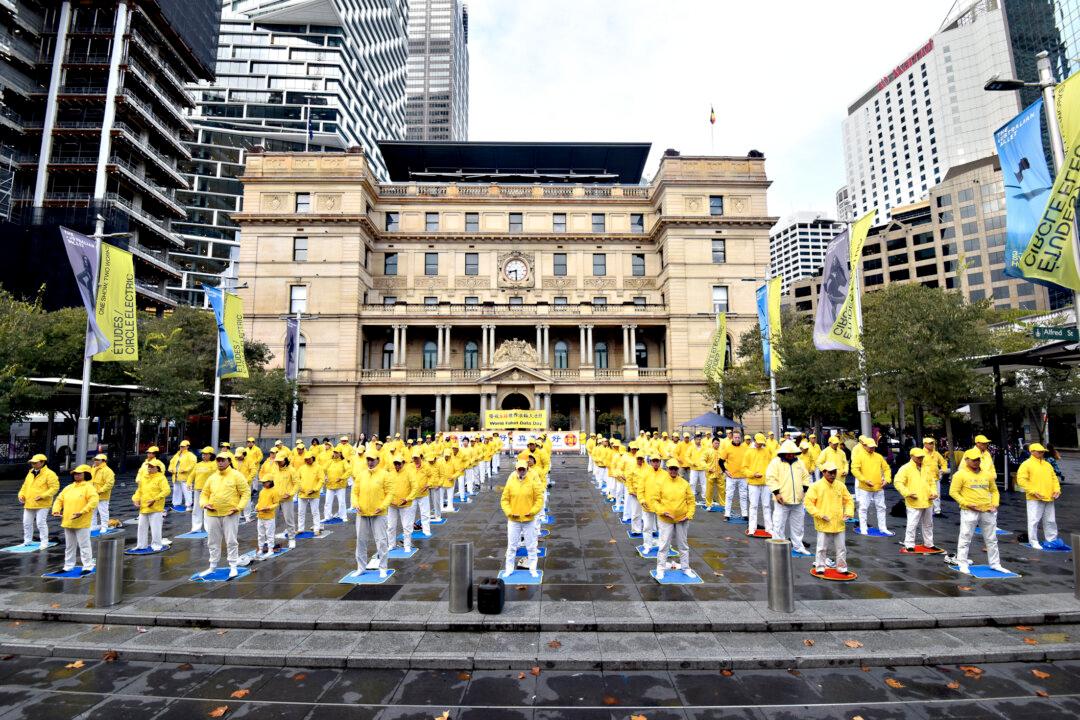The effect of the stimulus measures targeting the Australian housing industry is emerging latest official statistics reveal.
August housing finance figures released on Oct. 9 recorded a sharp monthly rise of 12.6 percent, with both owner-occupiers and investors making up the majority of those seeking finance for the third consecutive month, following historically large falls in May.





